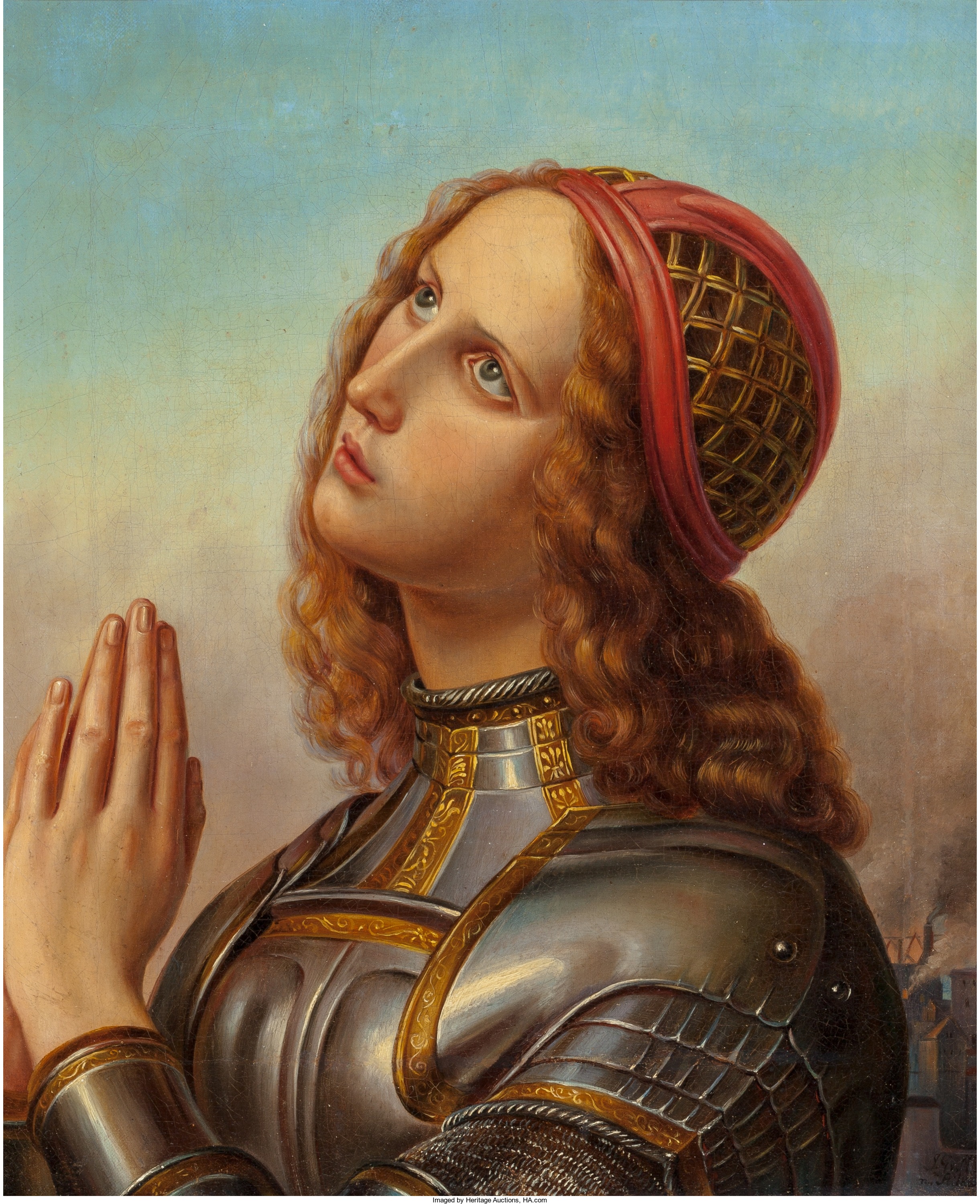
By Jim O’Neal
When Joan of Arc fell into the hands of the English in 1430 in the city of Rouen, it was as if she had been taken by the devil. These were men intent on putting to death a “sorcerer,” as they called her.
She had been born in early 1412 at Domrémy and grew up working on the family farm. When she was 13, the village church bells summoned up voices from saints, as well as directly from God.
It was near the end of the Hundred Years’ War and England had just won a major battle at Agincourt, in addition to controlling Paris and Reims. As Joan started hearing the voices, the English were besieging Orleans, the last loyal city north of the Loire. Even worse, French King Charles VI was insane (he thought he was made out of glass) and a vicious internal struggle for power was under way with one faction siding with the English.
Joan’s saints told her to drive the English out of France and bring the real heir to the throne, Dauphin Charles, to Reims to be crowned. She dressed in men’s clothes (including armor, shield and sword) and rallied the French troops to lift the siege of Orleans. They then captured several other towns and escorted the Dauphin to Reims, where he was crowned King Charles VII.
Suddenly, the English, who had been on the verge of total victory, were forced into a defensive mode … remarkably, by a young woman, no less.
After capturing her, the English quickly scheduled her trial, moved her to Rouen and placed her in leg irons chained to a huge piece of wood and guarded 24 hours a day. After her trial, she was faced with death by burning, so she agreed to publicly renounce her “voices” and make penance for her errors. She was sentenced to life imprisonment, but then claimed the voices had returned!
The court then sentenced her to be burned at the stake. Distraught, she cried out, “Am I to be treated so horribly and cruelly that my body which has never been corrupted must be consumed and reduced to ash? Ah! I would seven times rather be beheaded than to thus be burned.”
At 9 a.m. the next day, Joan of Arc was placed in a cart and taken to the marketplace. Ten thousand spectators pushed and shoved to gain the best vantage point. She was chained to a post, with her hands high above her, and the wood set ablaze.
As the flames enveloped her, she began to cry out for holy water. Her suffering lasted a long time – the executioner explained the stake was too high for him to mercifully strangle her (as was customary). She was burned to ashes and they were thrown into the Seine … all except her heart – which, according to legend, did not burn.
The Catholic Church canonized her in 1920.
 Intelligent Collector blogger JIM O’NEAL is an avid collector and history buff. He is President and CEO of Frito-Lay International [retired] and earlier served as Chairman and CEO of PepsiCo Restaurants International [KFC Pizza Hut and Taco Bell].
Intelligent Collector blogger JIM O’NEAL is an avid collector and history buff. He is President and CEO of Frito-Lay International [retired] and earlier served as Chairman and CEO of PepsiCo Restaurants International [KFC Pizza Hut and Taco Bell].
